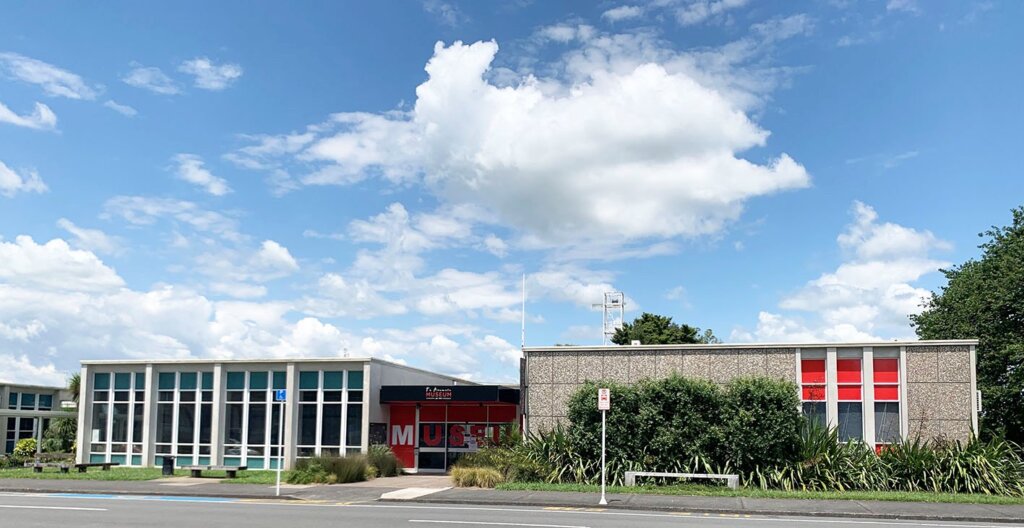
Te Awamutu Museum
Most objects in Te Awamutu Museum’s collection are safe in climate-controlled storage following the sudden decision to evacuate the museum’s Roche Street building three months ago.
Uenuku, a taonga of Tainui and the most valuable piece in the museum’s collection, is in storage at an undisclosed location following the decision to close the building when it was deemed an earthquake risk.
A spokesperson for Waipā District Council said there were no security concerns for the rest of the museum’s collection and all other management systems such as climate and pest control, and fire protection were in place.
But The News has been told some of the collection, owned by the community under the auspices of the Te Awamutu and District Museum Trust Board, will be moved into the museum’s temporary home in Rickit Road.
And several boxes of trust board records, previously stored in the museum’s lock up, are now held in chair Dean Taylor’s Sloane Street office.
The safety of Uenuku was always going to be a top priority and the council worked alongside mana whenua, the Office of Kingi Tuheitia and the Trust Board to ensure all the taonga in the museum were taken care of. The early Māori totara carving, is not only extremely significant to Tainui but also for its archaeological value. It is thought to date back to between 1200 and 1500.
The museum, the oldest in the Waikato region, has more than 18,000 other items spanning centuries and holds extensive material about the New Zealand land wars and colonial settlement in Waipā.
The News understands museum staff want some of the collection in Rickit Road so they can work on new collection-related projects and digitise photographic slides.
They have sought permission from the trust board which took over ownership of the museum’s collection from Te Awamutu Historical Society in 1987.
The collection’s value is such that Waipā District Council has already spent more than $2 million to purchase the old Bunnings building so the site can be developed into Te Ara Wai, a new $20.5 million museum and discovery centre. Te Ara Wai will showcase Waipā and New Zealand history with a focus on the New Zealand land wars.
Council allocated lease costs of $123,500 a year for the Bunnings site and $7.2 million in its 2021-2031 Long Term Plan to cover design and construction costs.
The impact of the museum’s closure on the council’s finances is expected to be high on the priority for the council when meetings start up again this month.
A council spokesperson said council planned to open a small pop-up museum in Rickit Road in early March.
“There will be limits on what can be in this space, given staff will not be able to provide the normal care given to artefacts.
“The pop-up space is likely to have an education and research focus, using a range of display and interpretive options such as digital images, maps etc,” the spokesperson said.
Plans have yet to be finalised.
The council wants to use other spaces in the community to display museum objects and information.









